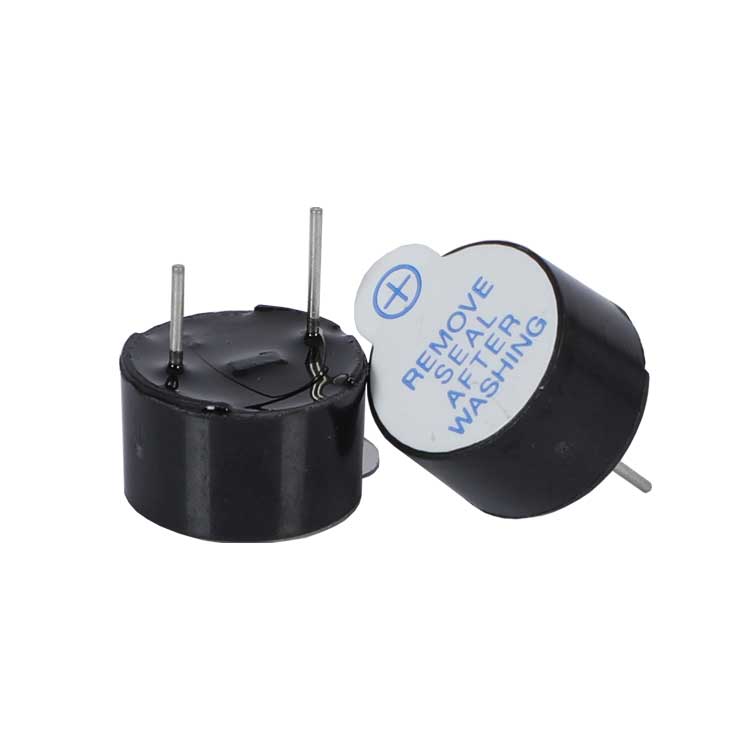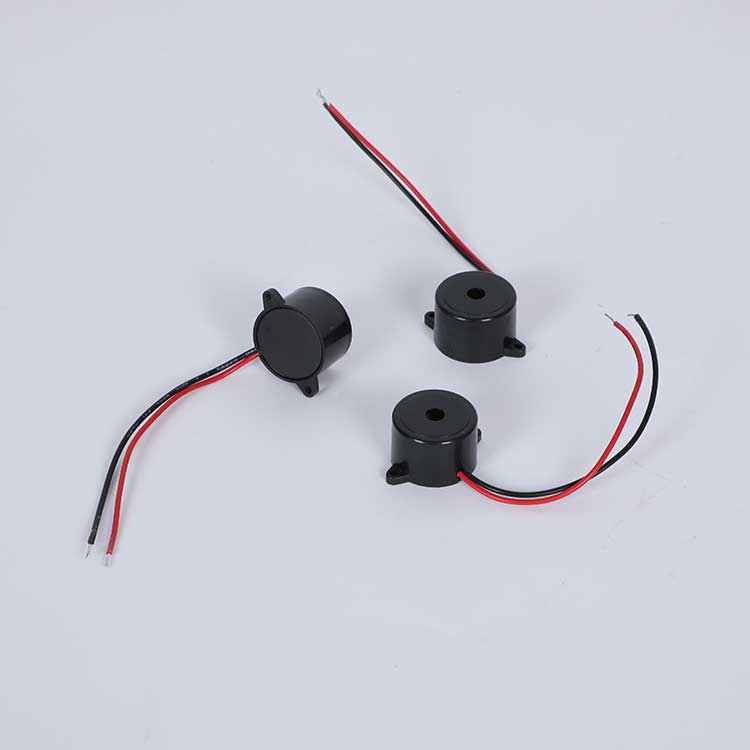What's the Difference Between Piezo Buzzers and Electromagnetic Buzzers?
 Mar 23, 2023|
Mar 23, 2023| View:257
View:257When designing an electrical circuit, choosing the right buzzer is crucial. There are two main types - piezo buzzers and electromagnetic buzzers. Both work in different ways and have unique characteristics to consider.

Working Principles of Piezo and Electromagnetic Buzzers
Piezo buzzers use piezoelectric materials, which create electricity under stress and become stressed when electricity is applied. An alternating voltage applied to the piezoelectric element causes the buzzer to sound due to the inverse piezoelectric effect. Electromagnetic buzzers, on the other hand, use the action of the coil to sound. They are composed of an oscillator, a coil, a magnet, a vibrating disk, and a casing. When the audio signal current generated by the oscillator passes through the electromagnetic coil, it creates a magnetic field that interacts with the vibrating disk, producing sound.
Differences between Piezo and Electromagnetic Buzzers
Operating voltage and current:
Piezo buzzers are voltage-driven devices that operate between 3V to 220V, with a current of less than 20mA. Electromagnetic buzzers are current-driven devices, usually requiring more than 20mA to operate, and can use 1.5V to 12V.
Sound pressure level:
Sound pressure level (SPL) is an essential consideration when choosing a buzzer. Piezo buzzers have louder SPL than electromagnetic buzzers. The magnetic buzzer can reach a level of 85dB/10cm, while the piezoelectric type has even higher levels.
Size:
Piezo buzzers are generally larger than electromagnetic buzzers, with a size ranging from 12mm to 50mm, while magnetic buzzers only range from 7mm to 25mm.
Drive mode:
Piezo and electromagnetic buzzers have self-drive modes, but their work principles differ. The magnetic buzzer can be driven by ½ square waves, while piezo buzzers need full square waves for better results.

Which Buzzer is Best for Your Application?
In addition to frequency and SPL, the operating voltage, current draw, and resonant frequency are crucial factors to consider when choosing between piezo and electromagnetic buzzers. Piezo buzzers with wider operating voltage, lower current consumption, higher rated frequency, larger footprint, and higher sound pressure level are suitable for equipment such as alarms. The less expensive electromagnetic buzzers are used in household appliances, remote controls, motherboards, and timers.
Purchase your Buzzers with Confidence
For high-quality and reliable piezo buzzers or electromagnetic buzzers, contact us. We supply a wide range of buzzers that meet the required specifications and standards for the electrical circuit system.



 doris@jshnbuzzer.com
doris@jshnbuzzer.com




